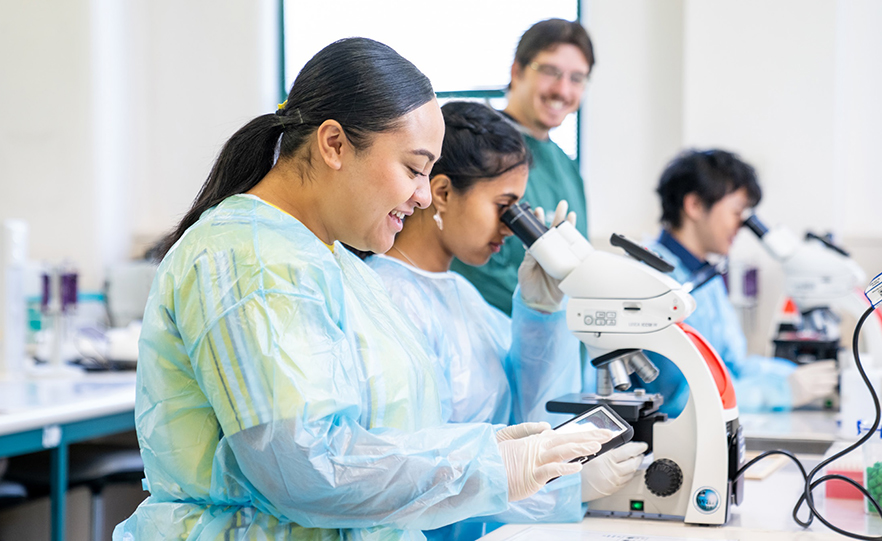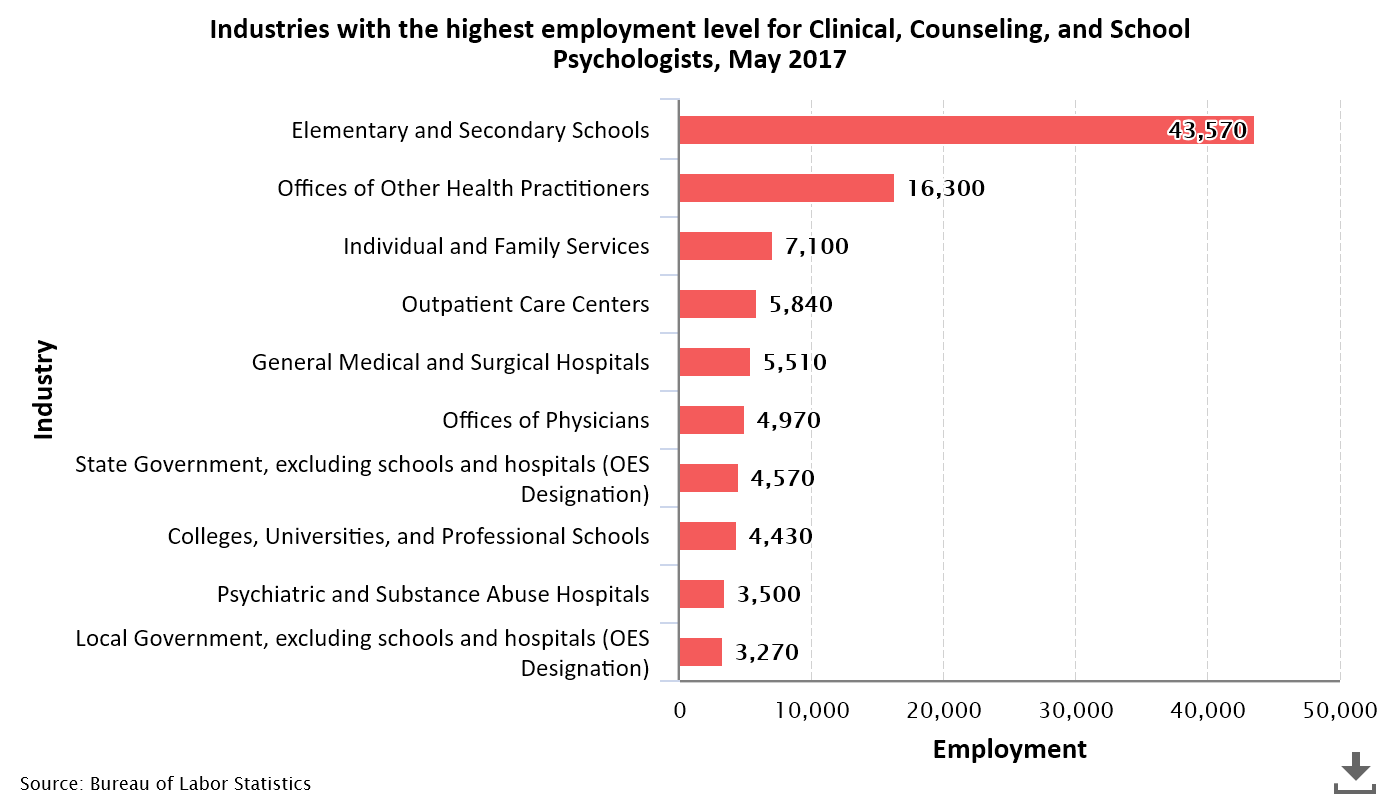
Eligibility criteria are required to be considered for a HCOP. Eligibility requires that you have a 2.5 GPA and be in financial disadvantage or educational hardship. The program emphasizes three major milestones in education, namely preparation for college, stress management and health disparities. This article details the steps that you must take to apply HCOP. HCOP offers many benefits. This program is designed to provide the support and resources you need to succeed.
HCOP refers to a pipeline program
The Health Careers Opportunity Program (HCOP) is a federally funded grant program that enables underrepresented students to enter and graduate from health professions school. By participating in this program, students with low academic abilities can improve their skills as well as overcome academic barriers that could prevent them from entering the field. HCOP is a program that facilitates education pathways to health professions. It aims to increase college graduation rate and lower educational and financial obstacles for underrepresented students. This program supports first-generation college students.
The program has become a model for healthcare training for low-income adults. More than 100 jobs are placed each year through the HCOP program. HCOP is supported and promoted by the Association of American Medical Colleges and U.S. Department of Health and Human Services. Participants are encouraged to establish long-term career goals, and to pursue education that leads them to rewarding careers. As part of their admission to Hostos LPN certificate, LRN degree and allied healthcare career associate degree programs, graduates will receive academic counseling and career counselling.
It focuses upon three milestones of education
The HCOP provides students from underrepresented backgrounds with a pathway to a career in the health professions through three key educational milestones: high school graduation, acceptance, and retention in a college-level health professions program. The Comprehensive Approach Funding Preference for the Comprehensive Approach provides funding preference for the program. It encourages collaboration between public and private entities in order to create a competitive applicant pool.

Students who achieve a GPA lower than 2.5 will be put on probation for the first year. They must increase their GPA at the minimum of 2.5. The program also has a research component that will help determine its effectiveness. Students will be asked to participate in research studies as HCOP Ambassadors. Participation is voluntary, and students can withdraw at any time.
It prepares participants for college.
Participants in the Health Careers Opportunity Program can prepare for college with an associate of arts (AAA) in liberal arts curriculum that focuses on mathematics and foundation sciences. Students will also be prepared for health-care career paths by taking additional science courses. Program coordinators serve as academic advisers. The program provides three hours of academic support per week during study sessions. Academic support is offered to students in order to improve their SAT scores, and academic performance.
This program offers two virtual summer experiences, Health Science Summer Camp & Health Science Summer Bridge Program. These are designed to help participants prepare for college. The Bridge Program for Health-Career Exploration helps students to develop basic skills. The Health Careers Opportunity Program recruits non-credit instructors to assist students in the learning process, navigate obstacles, and give real-world experience that allows them to apply the classroom content.
It increases retention
HCOP is also known as the Health Careers Opportunity Program. It provides grants to non-profit organizations and accredited schools in the health professions, as well as individuals from disadvantaged backgrounds who are interested in pursuing a career working in health care. This program funds projects that provide opportunities for people who are underserved in the health care professions. Its aim is to improve retention and matriculation rates among students interested in health professions.

The HCOP, a $15 million national program that aids students from low-income backgrounds in pursuing careers in health care, is $15 million. The program helps students reach the three milestones of high school, college, and professional school. HCOP students are more likely that they will graduate and find employment in health care than those from other demographics. The HCOP program increases retention rates for students in health care-related fields such as nursing, physician aids, and pharmacy.
FAQ
How do I find out what's best for me?
You must listen to your body. When it comes to your body's needs for exercise, food, or rest, it is the best. It is important to listen to your body to ensure you are not doing too much. Take care of your body and make sure that you're staying healthy.
What is the working principle of an antibiotic?
Antibiotics are drugs that destroy harmful bacteria. Antibiotics can be used to treat bacterial infection. There are many types of antibiotics. Some can be taken orally while others are injected. Others are topically applied.
Many people who have been exposed can be prescribed antibiotics. To prevent shingles, an oral antibiotic may be prescribed to someone who has had chicken pox. Penicillin might also be administered to someone with strep throat. This will help prevent the possibility of developing pneumonia.
When antibiotics are given to children, they should be given by a doctor. Children are more susceptible to side effects from antibiotics than adults.
Diarrhea is the most common side effect from antibiotics. Other possible side effects include stomach cramps, nausea, vomiting, allergic reactions, headaches, dizziness, and rashes. These side effects are usually gone once the treatment is complete.
Why is it important to live a healthy life?
Healthy lifestyles lead to happier and longer lives. A healthy diet, regular exercise, good sleep habits, and stress management will help prevent diseases like heart disease, diabetes, cancer, and stroke.
A healthy lifestyle helps us cope better when we are faced with everyday stresses. Healthy living will boost self-confidence and make you look and feel younger.
What can you do if your immune system is weak?
There are trillions upon trillions on cells in the human body. These cells collaborate to create organs, tissues and other functions. When one cell dies, another cell replaces it. Chemical signals, called hormones, allow cells to communicate with each other. Hormones regulate all bodily processes, from growth and development to metabolism and immunity.
Hormones refer to chemicals produced throughout the body by glands. They travel through our bloodstream and act as messengers, controlling how our bodies function. Some hormones are produced within the body while others are externally manufactured.
The release of hormones from a hormone producing gland into the bloodstream is the beginning of hormone production. Once hormones have been released, they travel through the body until reaching their target organ. Some hormones may only remain active for a limited time. Other hormones can remain active longer, and they continue to affect the body's functionality even after leaving the bloodstream.
Some hormones are produced in large quantities. Others are produced in smaller amounts.
Some hormones are produced at certain times during life. The production of estrogen can occur during puberty and pregnancy, as well as menopause and old age. Estrogen assists women with breast development, bone density, and osteoporosis prevention. It is also known to promote hair growth and keep skin soft and smooth.
Statistics
- Extra virgin olive oil may benefit heart health, as people who consume it have a lower risk for dying from heart attacks and strokes according to some evidence (57Trusted Source (healthline.com)
- WHO recommends consuming less than 5% of total energy intake for additional health benefits. (who.int)
- In both adults and children, the intake of free sugars should be reduced to less than 10% of total energy intake. (who.int)
- nutrients.[17]X Research sourceWhole grains to try include: 100% whole wheat pasta and bread, brown rice, whole grain oats, farro, millet, quinoa, and barley. (wikihow.com)
External Links
How To
What does the "vitamins” word mean?
Vitamins can be described as organic compounds found in food. Vitamins allow us to absorb nutrients from food. Vitamins cannot be made by the body; they must be taken from food.
There are two types vitamins: water soluble or fat soluble. Water soluble vitamins dissolve easily in water. These include vitamin C (thiamine), Vitamin B1 (riboflavin), Vitamin B2 (riboflavin), Vitamin B3 (niacin), Vitamin B6 (pyridoxine), Vitamin C, B1 (thiamine), Vitamin B2 (riboflavin), Vitamin B3 (niacin), and Vitamin B6 (pyridoxine). The liver and fatty tissues are home to fat-soluble vitamins. Vitamin D, E, K and A are some examples.
Vitamins can be classified according to biological activity. There are eight main groups of vitamins.
-
A - vital for healthy growth.
-
C – essential for proper nerve function.
-
D - Essential for healthy teeth and bones.
-
E is needed for good reproduction and vision.
-
K - Essential for healthy muscles and nerves.
-
P - essential for strong bones, teeth and tendons
-
Q - aids digestion, absorption and absorption iron
-
R – Required for the formation of red blood vessels.
The recommended daily allowance for vitamins (RDA) varies based on gender, age, and physical conditions. RDA values are set by the U.S. Food and Drug Administration (FDA).
For adults over 19 years, the RDA is 400 mg per day for vitamin A. Pregnant mothers need 600 micrograms per days because it is vital for the development and growth of their baby. Children ages 1-8 require 900 micrograms per day. Infants under one year of age require 700 micrograms per day, but this amount decreases to 500 micrograms per day between 9 months and 12 months of age.
Children aged 1-18 years need 800 micrograms daily, while children overweight require 1000 micrograms per days. Children who are severely obese or underweight will need 1200 micrograms each day.
2200 mg of vitamin A per day is required for children aged 4-8 who have been diagnosed by anemia.
2000 micrograms is the minimum daily intake for adults over 50 years old to maintain good health. Breastfeeding or pregnant women require 3000 micrograms per daily due to higher nutrient demands.
Adults over 70 need 1500 micrograms daily, as they lose 10% of their muscle every ten years.
Women who are pregnant, nursing or breastfeeding need more than the RDA. Pregnant and breastfeeding women require 4000 micrograms each day during pregnancy and 2500 Micrograms each day after delivery. Breastfeeding mothers need to consume 5000 micrograms every day when breastmilk has been produced.